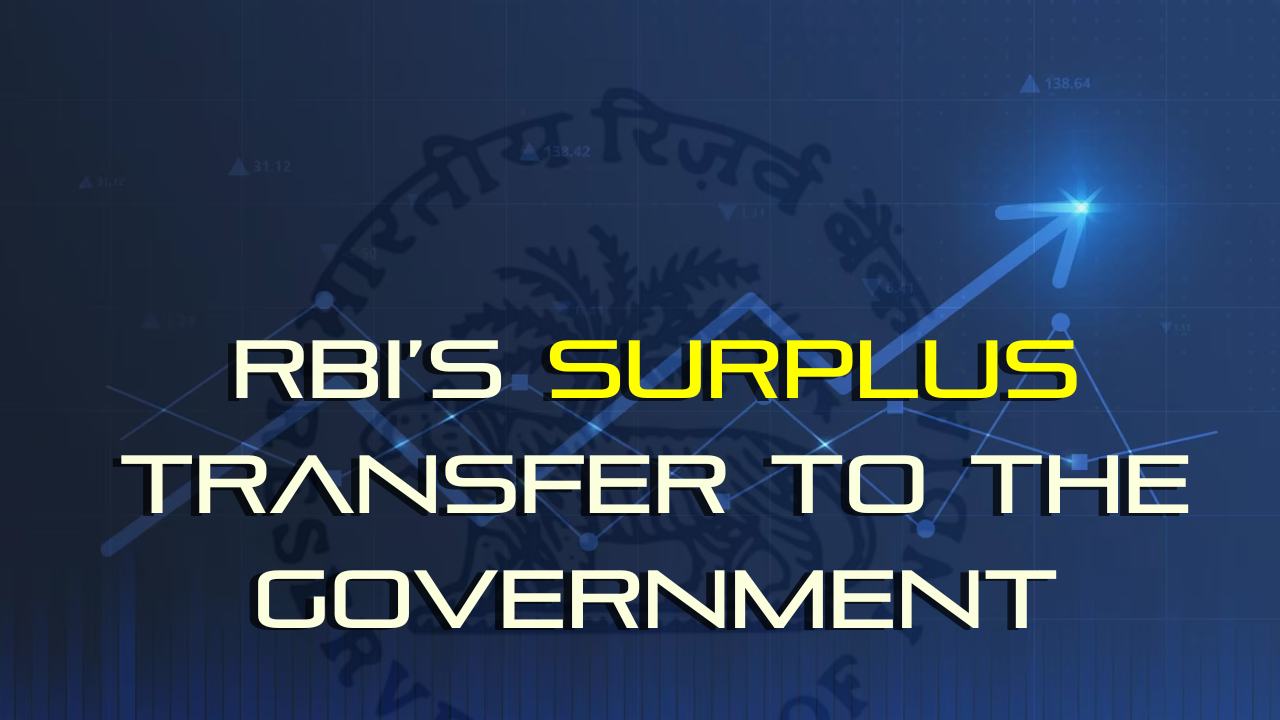Font size:
Print
Starlink Satellites Disrupting Astronomy
Context:
A recent study published in Astronomy & Astrophysics highlights the significant impact of Elon Musk’s Starlink satellites on astronomical research, particularly in the field of radio astronomy.
More on News:
- With over 6,300 satellites currently orbiting Earth at approximately 550 km, Starlink aims to provide high-speed internet access to underserved regions.
- These satellites emit “radio noise,” or generate unintended electromagnetic radiation (UEMR), which poses a challenge for radio astronomers.
Radio astronomy focuses on studying celestial objects through the detection of radio frequencies. Unlike optical telescopes that capture visible light, radio telescopes rely on receiving radio waves—wavelengths that are much longer and lower in frequency. When a satellite is in the field of view of a radio telescope, its emissions can obscure faint signals from distant astronomical phenomena.
Key Highlights:
- The interference from Starlink satellites can “blind” radio telescopes, making it difficult for astronomers to detect weak signals from space.
- Starlink’s second-generation satellites emit UEMR at levels 32 times brighter than the first generation, which had already raised concerns due to their radio noise.
- Efforts to dim the first-generation satellites have not been successful for the new models.
- A study conducted using the LOFAR radio telescope highlighted that the interference from the V2 satellites is about 10 million times brighter than the faintest light sources detected.
- This interference is making it increasingly difficult for astronomers to study distant galaxies, black holes, and exoplanets.
Challenges and Concerns:
- The interference from these satellites is not just a minor inconvenience; it is significantly hindering astronomical research.
- According to Professor from the Netherlands Institute for Radio Astronomy (ASTRON), “Every time more of these are launched with these kinds of emission levels, we see less and less of the sky”.
Future Implications and Regulatory Needs:
- As satellite launch costs decrease, estimates suggest there could be up to 100,000 satellites in orbit by 2030, compared to 11,330 as of June 2023 reported by the United Nations Office for Outer Space Affairs (UNOOSA).
- This rapid expansion signals an urgent need for regulatory frameworks governing satellite emissions, similar to existing regulations that manage radio pollution from ground-based sources like cellphone towers.
- While some electromagnetic leakage is inevitable in any electronic device, regulations could help minimise the levels of interference from satellites.


